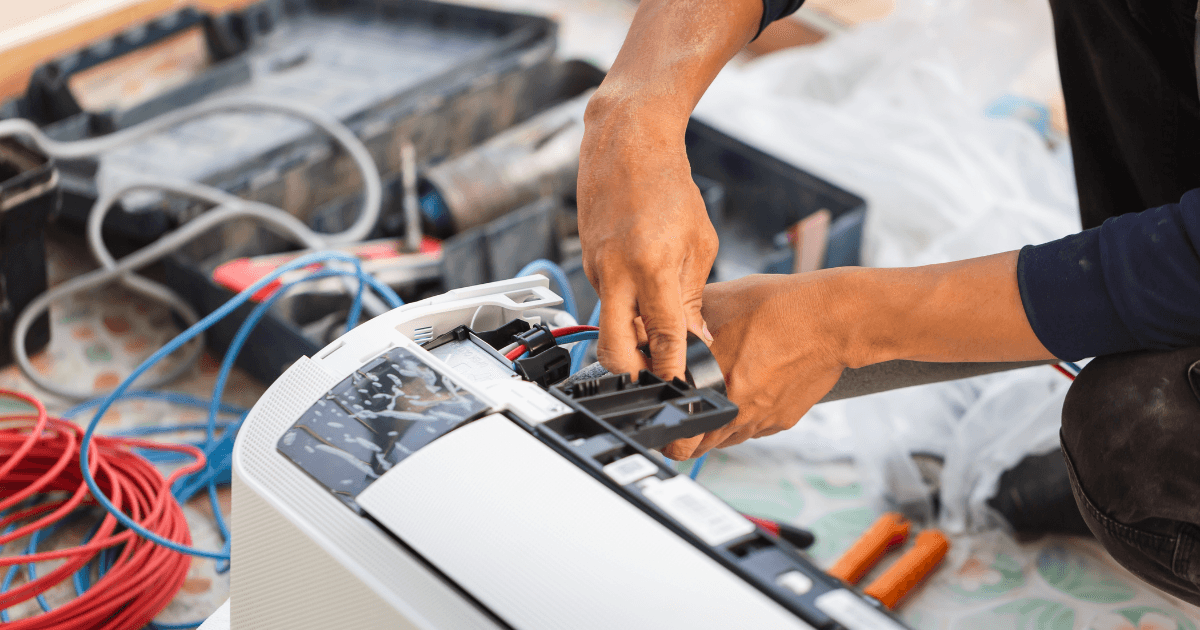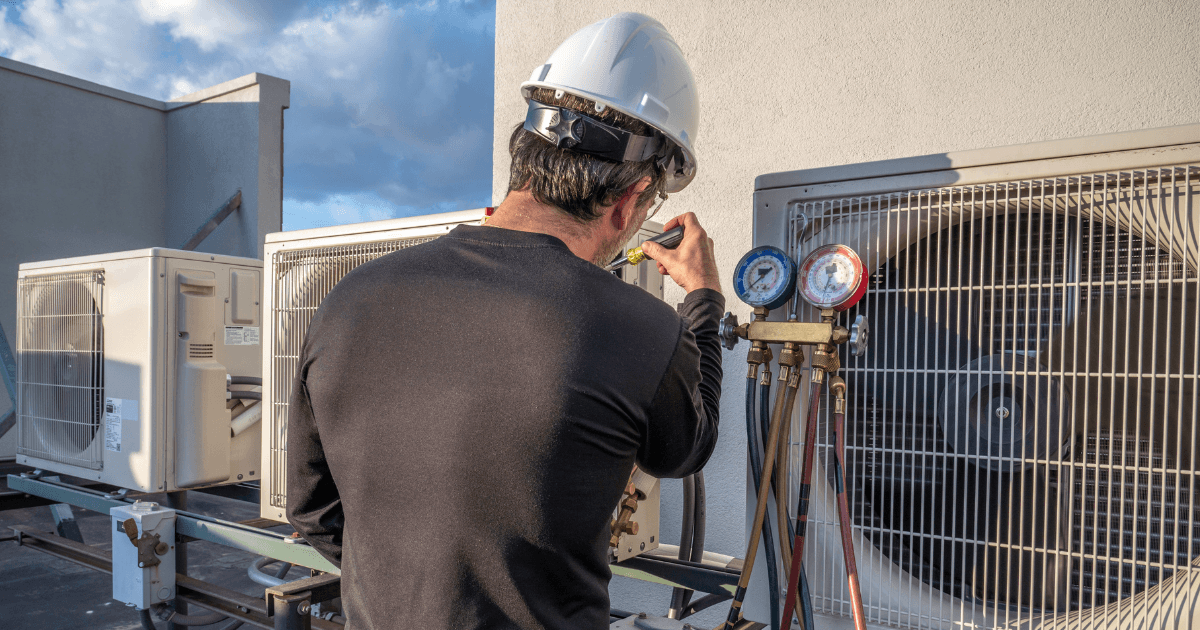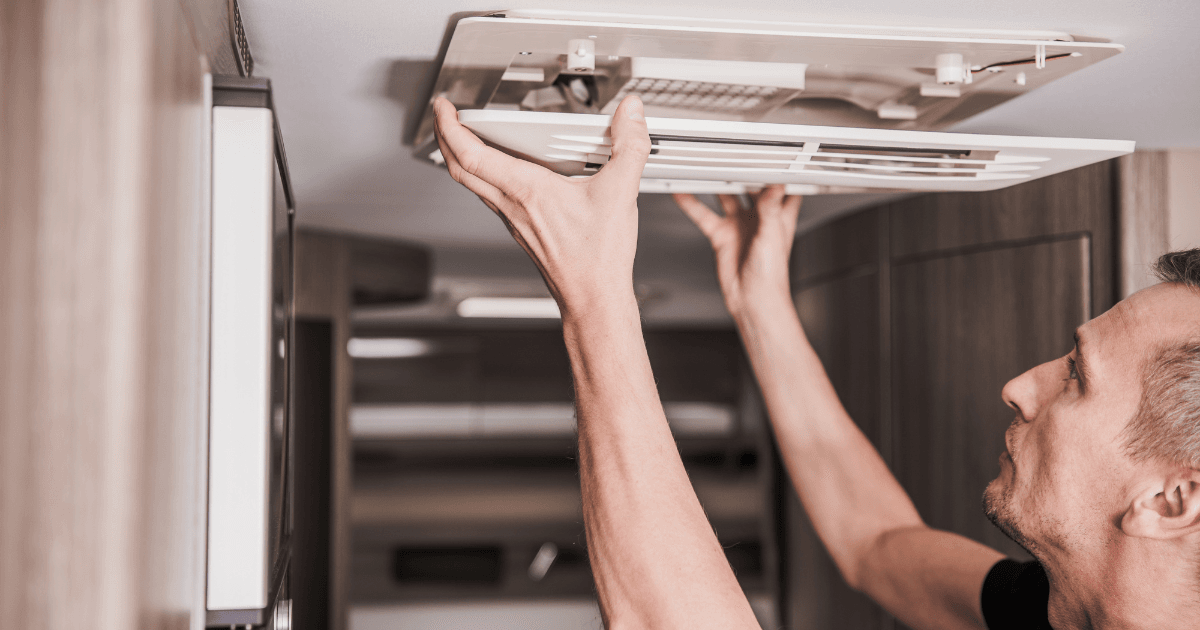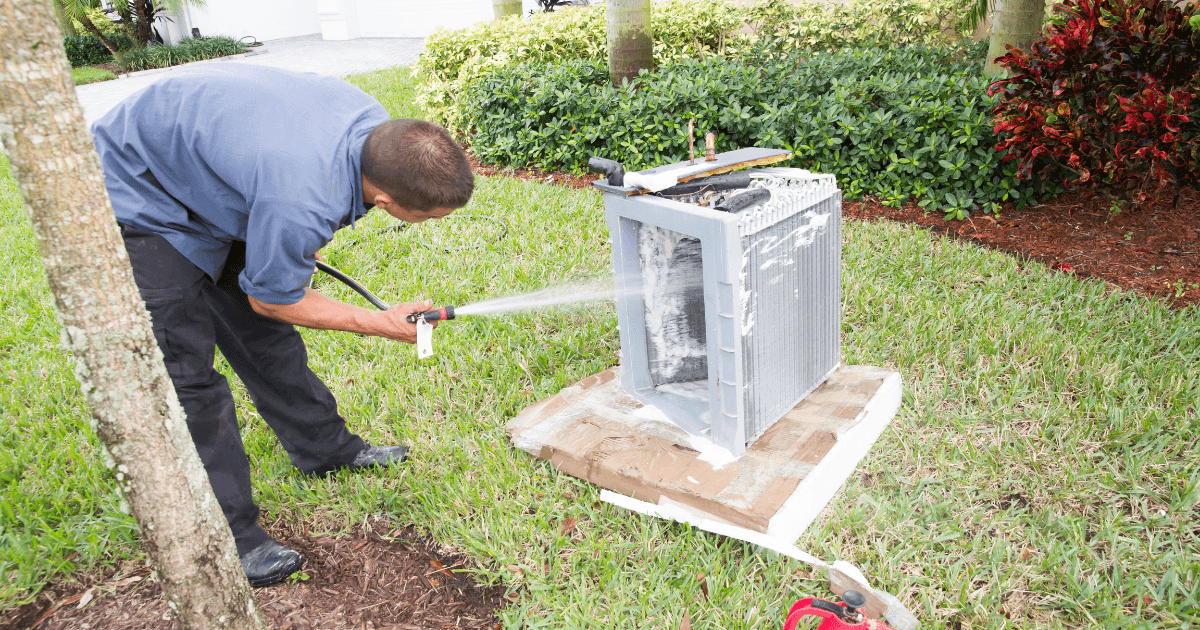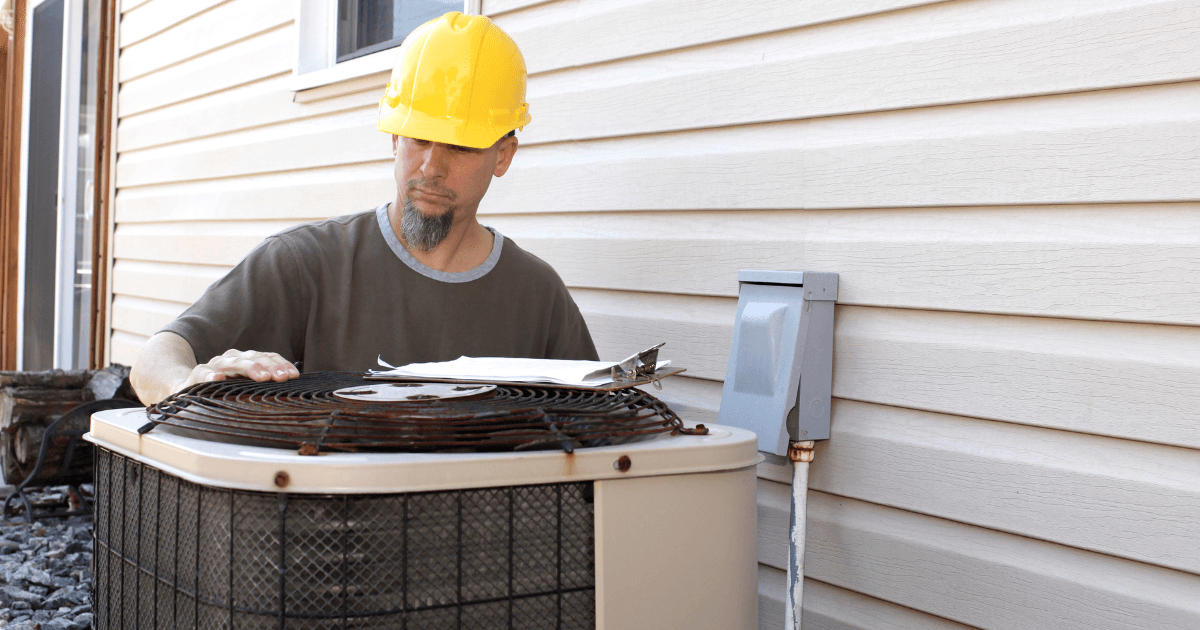Air conditioning is more than just a luxury in Arizona—it’s a necessity. In a state where summer temperatures can regularly soar above 110°F, a functioning air conditioner is critical for maintaining both comfort and safety. Yet, due to the unique environmental conditions in Arizona, air conditioning units face more challenges than in milder climates. Dust storms, prolonged usage, and extreme heat put significant strain on HVAC systems, leading to frequent breakdowns and inefficiencies if not properly maintained.
This article will delve into the most common air conditioning issues Arizona homeowners face and, using first principles thinking, deconstruct the root causes of these problems. We’ll explore how to optimize AC performance and longevity, and provide practical, science-backed strategies to avoid costly repairs and system failures.
The Core Principles of Air Conditioning: Heat Transfer and Efficiency
To understand the challenges AC units face in Arizona, we must first deconstruct how an air conditioning system works at its core. At a fundamental level, air conditioning systems remove heat from inside the home and transfer it outside, using a process driven by thermodynamics and heat exchange. The system relies on three critical components:
- The Compressor: Compresses refrigerant gas, increasing its pressure and temperature.
- The Condenser Coil: Releases the heat collected from inside the home into the outdoor environment.
- The Evaporator Coil: Absorbs heat from the air inside your home, cooling it as it passes over the coils.
In Arizona’s hot and arid climate, these processes are pushed to the limit. Extreme external temperatures mean that the condenser coils must work much harder to release heat into the environment. Additionally, prolonged usage in peak summer months puts extra strain on all system components, leading to faster wear and more frequent breakdowns. Dust storms, which are common in the region, further exacerbate the situation by clogging coils and filters, reducing the system’s ability to efficiently transfer heat.
Common AC Issues in Arizona Homes
1. Clogged Air Filters: The Silent Efficiency Killer
In Arizona’s desert climate, dust is omnipresent. Fine particles can easily infiltrate an air conditioning system, and clogged filters are one of the most common and preventable causes of AC inefficiency. A clogged filter restricts airflow, making it harder for the system to cool your home and increasing the workload on the compressor.
Why It Matters:
A restricted airflow disrupts the fundamental process of heat exchange, forcing the evaporator coil to work harder and risking freeze-ups or overheating. Moreover, a clogged filter reduces indoor air quality, circulating dust and allergens back into your home.
Prevention:
Replace or clean air filters every 1-2 months, especially during dust storm season. For homes in high-dust areas, high-efficiency filters (such as HEPA filters) are recommended to trap smaller particles and improve indoor air quality.
2. Refrigerant Leaks: A Hidden Efficiency Drain
Refrigerant is the lifeblood of an AC system, responsible for absorbing heat from the indoor air and releasing it outside. In Arizona’s extreme heat, refrigerant lines can degrade faster, leading to leaks that reduce the system’s cooling power.
Why It Matters:
A refrigerant leak disrupts the balance of the system, causing the compressor to overwork in an attempt to cool the home. This can lead to compressor failure, one of the most expensive AC repairs. Furthermore, refrigerant leaks can cause the evaporator coils to freeze, further reducing system efficiency.
Prevention:
Schedule annual professional inspections to check refrigerant levels and inspect for leaks. If you notice hissing sounds or warm air blowing from your vents, it’s time to call a professional. Additionally, ensure that the refrigerant lines are properly insulated, as exposure to Arizona’s intense sun can accelerate wear.
3. Frozen Evaporator Coils: A Sign of Underlying Problems
Evaporator coils are critical to the heat absorption process, but when these coils freeze, it’s often a sign of multiple issues, such as poor airflow, dirty filters, or low refrigerant levels. In Arizona’s climate, where AC units often run continuously, evaporator coil freeze-ups are not uncommon.
Why It Matters:
Frozen coils severely impair the system’s ability to cool the home. The unit will continue running, but with minimal cooling effect, leading to increased energy consumption and higher bills. Prolonged freeze-ups can damage the coils permanently.
Prevention:
- Ensure regular airflow by keeping filters clean and replacing them frequently.
- Keep the outdoor unit free from debris, which can obstruct airflow and cause the system to overwork.
- Have a professional check refrigerant levels annually to prevent low refrigerant from causing coil freeze-ups.
4. Compressor Failure: The Heart of the System Under Strain
The compressor is the most important (and expensive) part of the air conditioning system. In Arizona’s long cooling season, compressors are under significant strain, as they work tirelessly to pump refrigerant through the system.
Why It Matters:
Compressor failure is often caused by prolonged overheating, short cycling, or running on low refrigerant levels. If the compressor fails, the entire AC system becomes inoperable, leading to costly repairs or the need for a full system replacement.
Prevention:
Regular maintenance is critical to preserving the health of the compressor. This includes cleaning the condenser coils, checking refrigerant levels, and ensuring that the system is not oversized or undersized for the home, which can cause short cycling. Programmable thermostats can also reduce strain by allowing the system to operate more efficiently, especially during Arizona’s hot afternoons.
How to Avoid These Problems: Practical Maintenance and Prevention
The key to avoiding AC breakdowns in Arizona’s climate is preventive maintenance. By focusing on maintaining core components and addressing small issues before they become major problems, homeowners can significantly extend the lifespan of their air conditioning system.
1. Regular Professional Maintenance
At least once a year, homeowners should schedule a comprehensive AC inspection with a licensed HVAC technician. This maintenance visit should include:
- Checking and refilling refrigerant levels.
- Inspecting for leaks and damaged components.
- Cleaning the evaporator and condenser coils.
- Inspecting ductwork for leaks and ensuring proper insulation.
- Checking electrical connections and ensuring the thermostat is functioning correctly.
2. Ductwork Inspections
Leaky or poorly insulated ductwork can cause up to 30% of cooled air to be lost before it reaches the intended rooms. This inefficiency not only raises energy bills but also puts extra strain on the AC unit, causing premature wear.
3. Programmable Thermostats for Efficient Cooling
Installing a programmable thermostat allows homeowners to set cooling schedules that reduce energy usage during peak hours. In Arizona, where daytime temperatures are extreme, setting the thermostat to a higher temperature when no one is home can significantly reduce strain on the system.
4. Shading the Outdoor Unit
Arizona’s sun can beat down relentlessly on outdoor condenser units, causing them to overheat. Installing a shade structure or planting trees near the unit can reduce its exposure to direct sunlight, improving efficiency and extending its lifespan. However, ensure that there is still sufficient airflow around the unit.
When to Call a Professional: Signs of Imminent AC Failure
While some issues can be addressed with DIY maintenance, there are certain warning signs that indicate a need for professional intervention:
- Unusual Noises: Grinding, squealing, or rattling noises can indicate a failing compressor or motor.
- Weak Airflow: If airflow from the vents is weak, it could signal problems with the blower motor or duct leaks.
- High Energy Bills: A sudden increase in energy usage often points to an inefficient or failing AC unit.
- Water Leaks: Water pooling around the unit could indicate a refrigerant leak or a clogged drain line.
Conclusion: Ensuring Long-Term AC Performance in Arizona
Maintaining an air conditioning system in Arizona’s harsh environment requires a proactive approach. By understanding the core principles of how your AC works and addressing common issues early, you can significantly reduce the risk of costly repairs and system failures. Regular maintenance, professional inspections, and small investments in efficiency improvements can go a long way in keeping your home cool and comfortable, even during the hottest months of the year.
In Arizona, where AC units face some of the toughest conditions in the country, staying ahead of potential problems will ensure your system runs efficiently for years to come.

